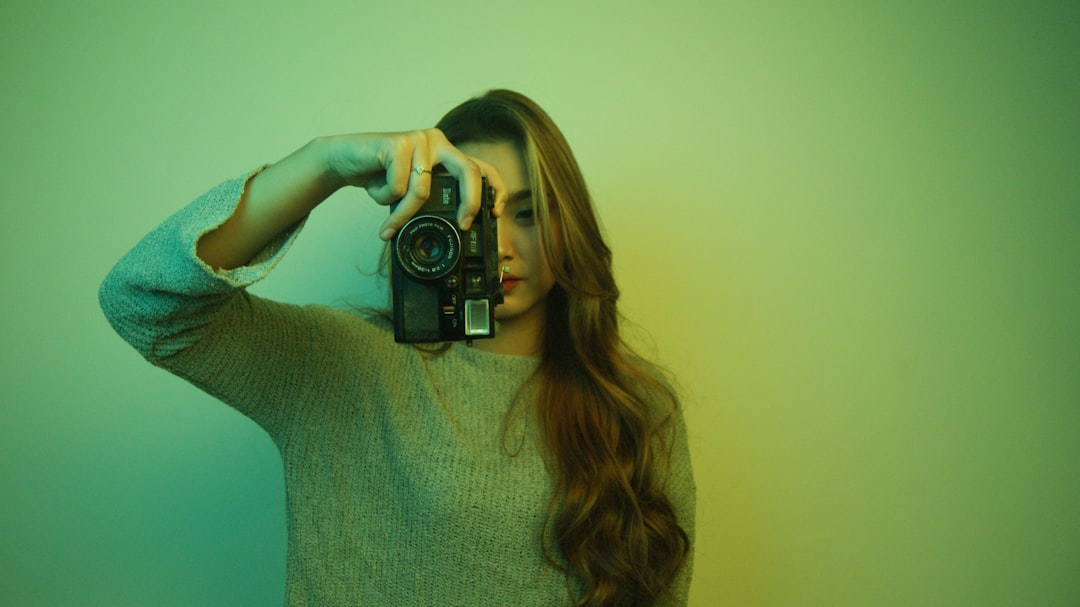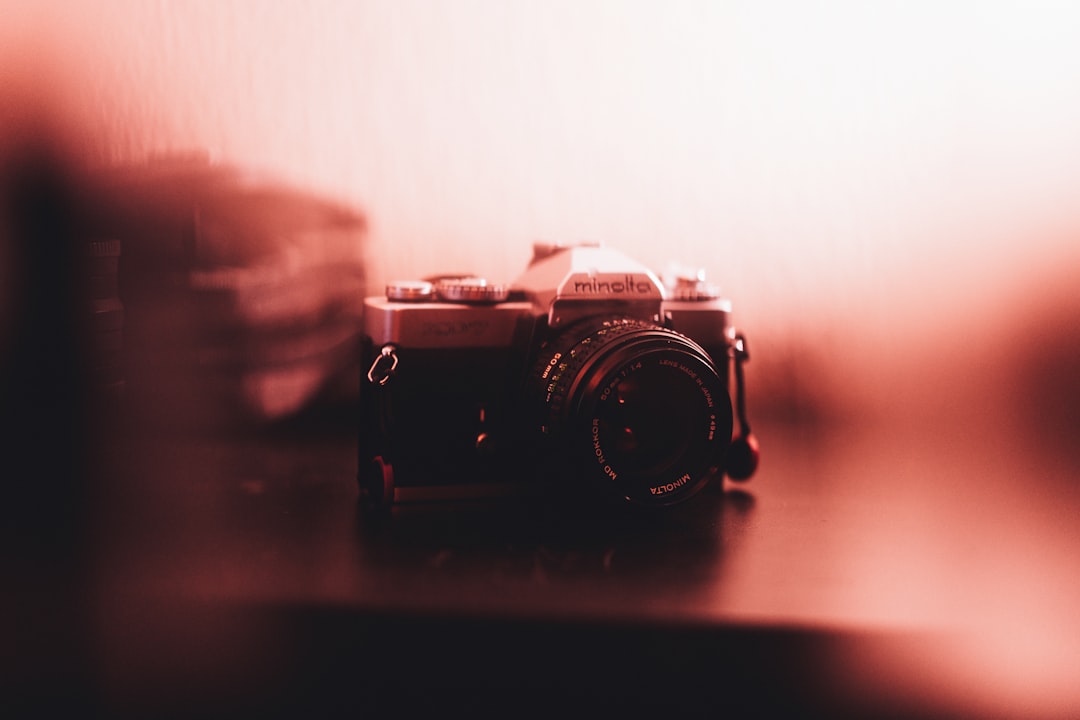The Real Cost and Creativity of AI Photo Transforms
The Real Cost and Creativity of AI Photo Transforms - The Layers of Expense Beyond the Dollar Price
Moving beyond the straightforward purchase price associated with AI photo transforms, this section delves into the broader, less easily quantifiable costs. We'll explore the impact of automated image generation on areas like perceived quality, genuine expression, and the sustainability of human creative work in the field of photography.
Beyond the explicit monetary fee, several less obvious costs are embedded within the process of using AI for portrait transforms:
The combined computational load across global data centers required to render countless AI photo requests constitutes a significant power draw by mid-2025, representing an environmental footprint per image that is easily forgotten.
Inherited biases from vast, uncurated training datasets continue to surface in AI headshot outputs, leading to objectively less diverse or even stereotypical results for certain individuals or groups – a quiet, but real, social cost impacting representation.
Analysis of user behavior indicates the personal time users spend meticulously selecting source photos, tweaking input prompts, and cycling through multiple generative attempts to land on a satisfactory image frequently surpasses the actual computational time needed for the transformation.
Emerging psychological investigations from 2024 and 2025 are starting to suggest that regular exposure to and interaction with highly refined or idealized AI versions of one's own image may gradually affect self-perception and body image over time.
The accelerated pace of AI model iteration means the specific stylistic signatures produced by a particular generation of headshot tools can fall out of contemporary aesthetic favor relatively quickly compared to more timeless photographic styles, creating a non-monetary depreciation in the digital asset's aesthetic longevity.
The Real Cost and Creativity of AI Photo Transforms - What AI Creativity Means for Portrait Style in 2025
The influence of artificial intelligence on portrait styles is a defining characteristic of mid-2025, fundamentally altering how images are conceived and judged. This evolution pivots the focus away from purely human observation and artistic intent towards aesthetics shaped by computational processes. While AI tools efficiently produce highly refined or specific looks, they frequently struggle with the subtleties of authentic human emotion or the unique artistic voice a photographer brings. The prevalent styles emerging often reflect what algorithms can most readily generate or enhance, potentially standardizing visual expression. This development prompts critical inquiry into the nature of authenticity in portraiture and challenges practitioners to demonstrate the irreplaceable depth and insight human creativity provides beyond technical polish or algorithmically preferred appearances. The conversation is now firmly centered on navigating the space between technological capability and the enduring purpose of capturing human essence.
By mid-2025, AI's influence on how we perceive and create portrait styles has certainly deepened, presenting some intriguing dynamics.
The capability of current generative models to fluidly merge stylistic elements derived from vast, disparate visual corpora is striking. We're seeing portraits that effortlessly blend Renaissance compositional depth with cyberpunk lighting or ukiyo-e lines with photorealistic rendering. This often results in compositions that feel genuinely novel simply through the collision and computational synthesis of previously unconnected aesthetic rule sets.
It's become clear that much of AI's so-called creativity in portraiture manifests not in inventing entirely new visual grammars from scratch, but in its capacity for meticulous, high-fidelity replication and manipulation of existing photographic techniques. Mimicking specific lens aberrations, complex multi-point lighting scenarios, or even simulated chemical processing effects with perfect, digital precision is commonplace now, often achieving a level of technical execution that traditionally required decades of skilled practice.
Researchers are increasingly applying quantitative methods to map this evolving aesthetic terrain. By analyzing large sets of AI-generated portraits based on measurable visual features, we can computationally identify emerging stylistic clusters and chart their diffusion or decline. This algorithmic view provides an objective, data-driven perspective on stylistic trends, though it doesn't necessarily explain the underlying human or cultural drivers.
The more advanced systems available allow for a refined interaction beyond just initial prompting. Users can engage in iterative visual feedback loops, feeding back preferred outputs or providing external visual references to guide the model's stylistic output. This allows for a level of bespoke aesthetic tailoring that feels more like a collaborative sculpting process, enabling the creation of hyper-specific visual signatures.
One observable consequence of AI's rapid generation and distribution capacity is the accelerated pace of aesthetic cycles. Distinct portrait styles seem to emerge, achieve saturation, and begin to feel somewhat dated much faster than historical art or photography movements. This suggests a potentially compressed lifespan for any given AI-driven stylistic trend in the immediate future.
The Real Cost and Creativity of AI Photo Transforms - Adapting Expectations for a Transformed Look
Adjusting one's viewpoint on how portraits appear and what they signify has become necessary as AI transformations saturate visual platforms this mid-2025. People are figuring out how to reconcile the technically slick results AI provides with the genuine feeling and presence human photographers aim to capture. With AI looks changing vogue quickly, individuals must internally sort out how these algorithmically presented versions square with their own sense of self and beauty. This prompts deeper thought about whether a polished digital facade is more valued than an authentic human representation. Understanding the blend of technology shaping how we see ourselves feels crucial now, pushing both those making and viewing images to re-evaluate portrait purpose.
The algorithms often demonstrate a statistical bias towards generating certain emotional expressions that are highly represented in their training data. Consequently, aiming for a less conventional, more nuanced emotional state – perhaps one of quiet introspection or thoughtful unease – proves computationally less reliable and predictable than producing a widely seen expression like a straightforward smile. This frequently necessitates that users recalibrate their desired emotional outcome towards something the model can more consistently render.
Despite the significant technical progress, achieving accurate, high-fidelity output for intricate physical characteristics like complex, non-uniform hair textures, specific weaves of fabric, or minute skin variations with complete user control remains a considerable technical hurdle. Expecting absolute pixel-perfect precision and controllability in these detailed areas frequently requires adjusting expectations, as the probabilistic nature of generative synthesis can introduce unexpected artifacts or divergences.
Users seeking highly distinctive or structurally atypical stylistic results that venture significantly beyond the model's averaged learned features or common poses will invariably find this demands a greater volume of iterative attempts. This process translates into a higher user time investment and an increased computational load compared to generating more conventional looks, fundamentally reshaping the perceived cost from a simple fixed price per output to a variable investment tied to the degree of stylistic exploration.
While capable of producing aesthetically pleasing and technically polished outputs, contemporary AI transforms can struggle to reliably capture or recreate the subtle, often asymmetrical micro-movements and inherent physical imperfections that contribute significantly to a human face's unique identity and perceived naturalness. This means users must sometimes adjust their expectation of achieving a truly unfiltered or exact photographic likeness of the source subject.
The AI's interpretation and generation of lighting, while visually persuasive, is fundamentally a pattern simulation derived from images rather than a physically accurate rendering of light interaction. Anticipating the nuanced depth, realistic soft fall-off, or specific material interactions achieved by complex multi-point studio setups can lead to disappointment when the resulting image, despite appearing technically correct in terms of illumination, lacks that subtle, tangible physical authenticity.
The Real Cost and Creativity of AI Photo Transforms - The Journey From Photograph to Processed Image
Moving a photographic capture through AI processing tools in mid-2025 signifies a fundamental shift from conventional image manipulation. The original data becomes the seed for a computational synthesis where algorithms, trained on massive datasets, reinterpret and reconstruct the visual. This journey is less about refining existing pixels and more about generating new ones guided by learned patterns, moving creative input away from direct manual edits toward prompting and iterative guidance. Consequently, the resulting "processed image" can appear technically flawless but occasionally lacks the subtle, lived quality or specific artistic fingerprint of the source. The investment shifts too, encompassing not just monetary cost or processing time, but the intellectual effort of translating a desired look into algorithmic language and navigating the often non-linear path to a satisfactory outcome. This evolving pipeline compels a deeper look at the purpose of portraiture itself – is it an interpretation, a simulation, or a document of reality?
The transition from a conventional photographic input to an AI-processed portrait in mid-2025 is fundamentally distinct from traditional digital editing, operating through intricate computational steps.
The process frequently begins with encoding the source image into a compact, abstract vector within a high-dimensional representation space known as the "latent space," where the AI manipulates the semantic and stylistic elements away from the raw pixel domain.
Much of the perceived "creativity" or aesthetic preference exhibited by these models is cultivated through sophisticated training regimes involving iterative reinforcement learning, where human evaluators' subjective feedback on output quality guides the model's generation probabilities over time.
The scale of contemporary generative architectures, often involving parameter counts reaching into the hundreds of billions, necessitates substantial computational resources – specifically high-performance processors executing quadrillions of operations for each single image transformation requested.
Unlike deterministic filters, the core generation mechanism often incorporates stochastic elements; this probabilistic nature means that even identical input images and prompts can result in slightly varying outputs across multiple attempts, reflecting inherent variability in the model's synthesis.
More Posts from kahma.io:
- →7 Hilarious Travel-Inspired Instagram Bios That Will Make Your Followers LOL
- →The AI Revolution in Silhouette Photography Crafting Artistic Portraits with Online Tools in 2024
- →The Real Cost of Digital Teeth Whitening in Professional Headshot Photography A Data-Driven Analysis
- →The Hidden Costs of AI Makeup Editors vs Professional Headshot Photography A 2024 Price Analysis
- →The Evolution of AI-Powered Image Cartoonization A 2024 Perspective
- →Step-by-Step Creating Perfect Transparent Backgrounds in GIMP Using the Alpha Channel Method

